Japan is accelerating its research and development of space food as part of preparations for establishing a sustainable lunar base. With international efforts to return humans to the Moon gaining momentum, the need for reliable, long-lasting, and nutritious food solutions has become a critical focus. Japanese scientists and food technologists are collaborating to create innovative meals that can withstand the harsh conditions of space while meeting the dietary needs of astronauts.
The concept of space food is not new, but Japan's approach stands out due to its emphasis on traditional flavors and nutritional balance. Unlike the early days of space travel, where food was often dehydrated or heavily processed, modern space food aims to be both palatable and psychologically comforting. Researchers are drawing from Japan's rich culinary heritage to develop meals that not only provide essential nutrients but also evoke a sense of home for astronauts spending extended periods away from Earth.
One of the biggest challenges in creating space food is ensuring it remains safe and edible for long durations without refrigeration. Japanese companies are experimenting with advanced preservation techniques, including freeze-drying, vacuum sealing, and high-pressure processing. These methods help retain the food's texture, flavor, and nutritional value while extending its shelf life. Some prototypes include rehydratable miso soup, rice dishes, and even sushi-inspired options that can be easily prepared in microgravity environments.
Another key consideration is the psychological impact of food on astronauts. Studies have shown that monotonous or unappetizing meals can lead to decreased morale and even reduced appetite, which poses a risk in space where maintaining caloric intake is crucial. To combat this, Japanese researchers are incorporating variety and familiar tastes into their space food lineup. Dishes like curry rice, ramen, and grilled fish are being adapted to meet spaceflight requirements while preserving their comforting appeal.
The collaboration between Japan's space agency (JAXA) and private food manufacturers has been instrumental in advancing these efforts. Companies with expertise in military rations, emergency food supplies, and gourmet cuisine are pooling their knowledge to create a diverse menu for future lunar inhabitants. This public-private partnership not only accelerates innovation but also ensures that the food meets stringent safety and quality standards required for space missions.
Beyond technical challenges, sustainability is a major focus in Japan's space food initiative. With limited resources on the Moon, the ability to produce food locally will be essential for long-term habitation. Researchers are exploring plant-based proteins, algae cultivation, and even insect-derived ingredients as potential solutions. These alternatives could reduce reliance on Earth-based supplies while providing the necessary protein and vitamins for astronauts. Experiments on the International Space Station (ISS) have already demonstrated the feasibility of growing leafy greens in microgravity, paving the way for more ambitious agricultural projects on the lunar surface.
Japan's advancements in space food are not limited to astronaut consumption alone. The technologies developed for lunar missions could have significant applications on Earth, particularly in disaster relief and remote areas with limited access to fresh food. Freeze-dried and vacuum-sealed meals that retain their quality for years could revolutionize emergency food supplies, while sustainable protein sources might address global food security challenges.
The timeline for deploying these space food solutions aligns with international lunar exploration plans. NASA's Artemis program, which aims to return humans to the Moon by the mid-2020s, includes partnerships with Japan and other nations. As lunar missions transition from short-term visits to extended stays, the demand for reliable food systems will only grow. Japan's proactive approach positions it as a key contributor to humanity's next era of space exploration.
Public interest in Japan's space food development has also sparked educational and commercial opportunities. Universities are offering specialized courses in space nutrition, while food companies are marketing limited-edition "space food" products to consumers. This engagement helps raise awareness about the challenges of living in space and fosters a new generation of scientists and engineers passionate about solving them.
Looking ahead, Japan's commitment to advancing space food technology reflects its broader ambitions in space exploration. By addressing one of the most fundamental human needs—nutrition—the country is laying the groundwork for sustainable off-world living. Whether it's perfecting a zero-gravity-friendly bowl of ramen or pioneering lunar agriculture, these efforts bring us one step closer to making life on the Moon a reality.
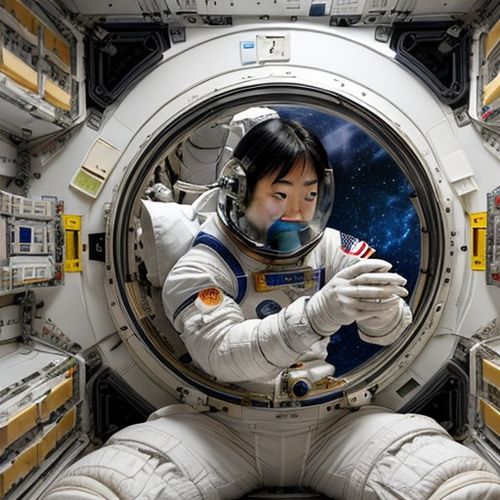
By Amanda Phillips/Apr 10, 2025

By Rebecca Stewart/Apr 10, 2025
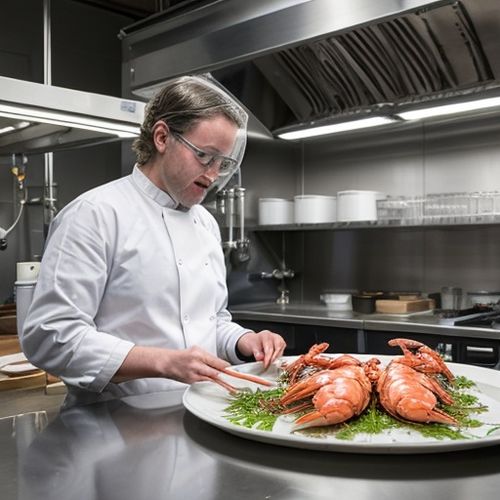
By Emma Thompson/Apr 10, 2025
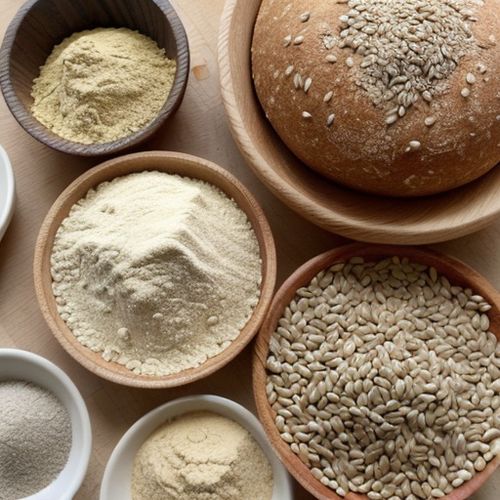
By James Moore/Apr 10, 2025

By Samuel Cooper/Apr 10, 2025

By Elizabeth Taylor/Apr 10, 2025

By Rebecca Stewart/Apr 10, 2025

By John Smith/Apr 10, 2025

By Michael Brown/Apr 10, 2025
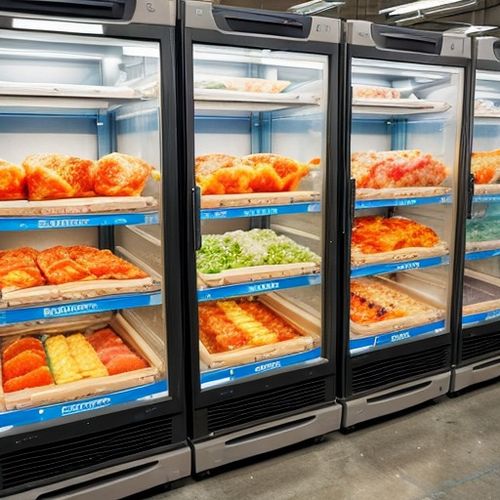
By Emma Thompson/Apr 10, 2025
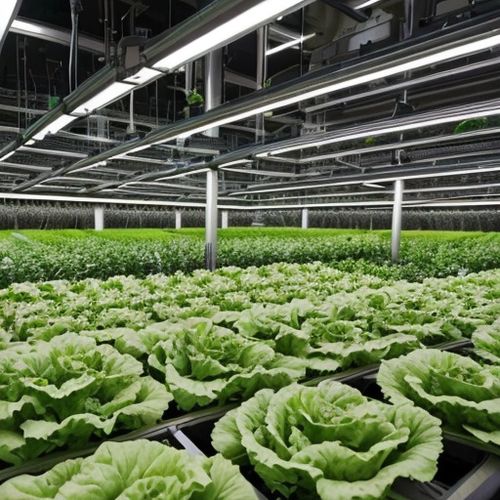
By Elizabeth Taylor/Apr 9, 2025

By Christopher Harris/Apr 9, 2025

By David Anderson/Apr 9, 2025

By Joshua Howard/Apr 9, 2025

By Emily Johnson/Apr 9, 2025

By John Smith/Apr 9, 2025
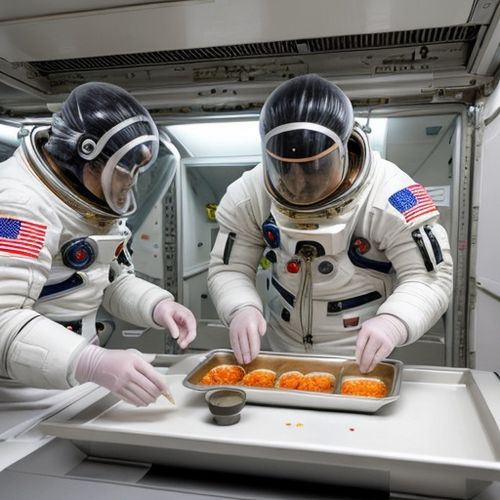
By Lily Simpson/Apr 9, 2025

By Lily Simpson/Apr 9, 2025